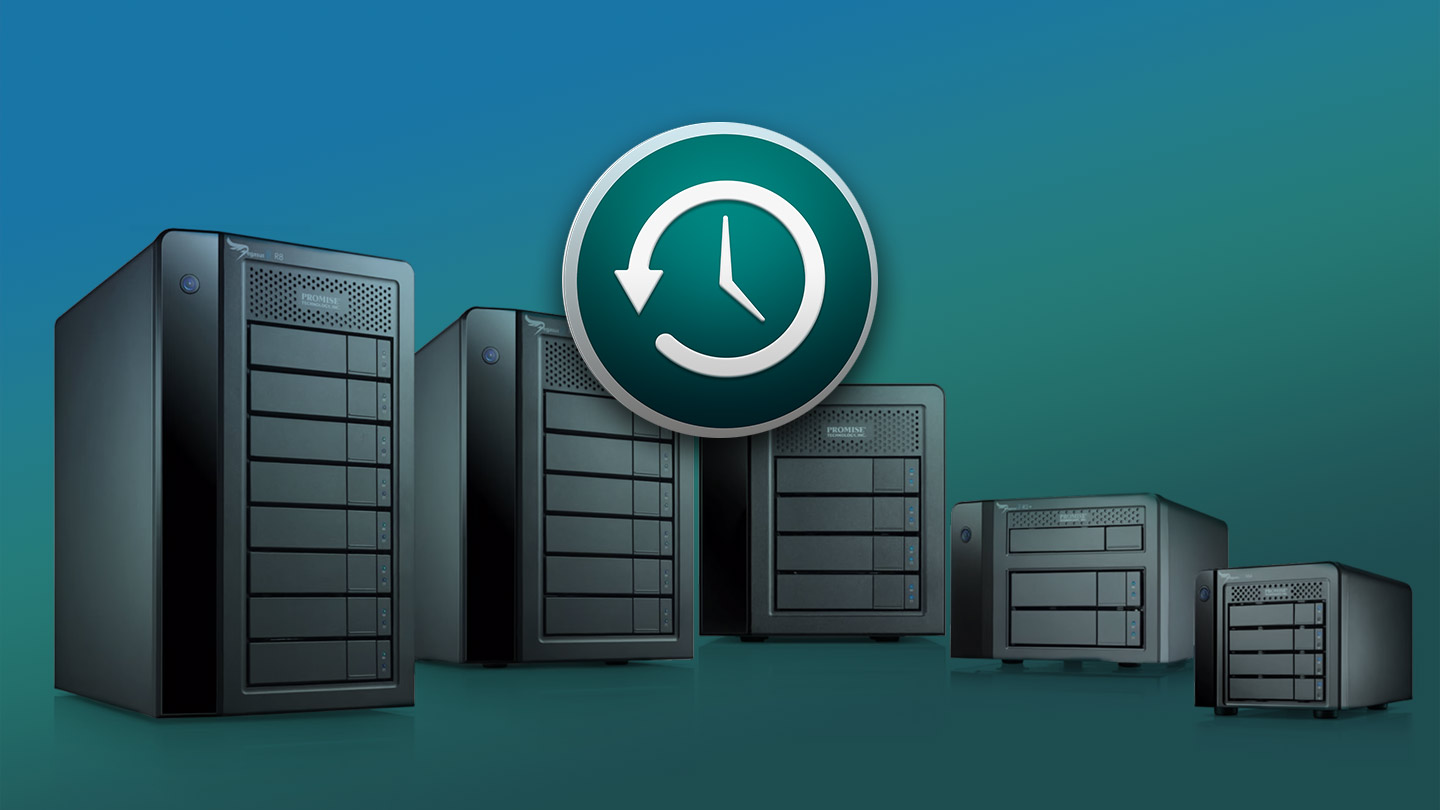

Note: These directions will show you how to use Time Machine to set up automatic backups. Select “System Preferences” from the drop-down menu.From your Mac’s menu bar, select the Apple logo on the left side.Setting Time Machine up is really simple. But we’ll cover Time Machine to restore Mac computers, to backup your Mac, and how to use Time Machine to restore files as well. Because it typically runs in the background, the service isn’t something you need to access often to create backups. How to use Time Machine on Macįor most of us, knowing how to use Time Machine means knowing how to activate it. Like most services Apple creates, Time Machine is in both your System Preferences menu and is available as an app for the Mac. Using Time Machine backups will make you feel like you picked up where you left off. On startup, a new Mac asks if you want to start fresh, or boot from a backup. Most will use Time Machine when booting new Macs. When activated, it will periodically back your Mac up, keeping the last few versions in case you need to revert to a backup from a few weeks ago. Time Machine backups can also be used when you need to boot a new device, or refresh your Mac after returning it to factory settings.Īpple’s Time Machine is meant to run in the background, offering a simple, straightforward way to back your Mac up.

It creates a simple “image” or “snapshot” of your Mac, which simply means a compressed file containing everything on your Mac at the time of the backup that you can revert to when needed. Time Machine is a service from Apple to backup your Mac. Here, we’ll show you how to use Apple Time Machine, and showcase a few apps that you might prefer to Apple’s Time Machine. It’s reliable, fairly easy to use, and can keep your Mac backed up on a routine schedule. Time Machine is Apple’s method for backing your Mac up, and it’s a solid choice. Not only does it help create a backup of files and folders, backups provide a place you can reboot to if your Mac stops working, or you get a new Mac.
#Time machine mac mini server pro#
Once the folder is mounted, open the Time Machine pane in System Preferences and add the folder as your backup destination.Data loss? Impossible with Get Backup Pro on Mac. In the above example, now is when you would move to your MacBook Pro and connect to that shared folder across the network.Ĥ. If not, Time Machine will fill up the entire drive with time.ģ. If you wish to cap the size that the backups can take, you can do so here as well: In the new window, enable the drive for use as a Time Machine Backup Destination. Then, right-click on it and select Advanced Option… Hit the small + button below the Shared Folders list and add your new drive or folder. Once the drive is ready, navigate to the Sharing pane in System Preferences. Then, I created a folder on the root level of the hard drive named “MBP Backups,” just to keep things neat on the drive.Ģ. APFS may be the default for Time Machine drives at some point, but today is not that day. The drive I am using came formatted for Windows, so I took a quick trip to Disk Utility to format it in HFS+, naming it “Backup Drive”. You can hook up an USB hard drive to that Mac mini, and within a few minutes, be backing your MacBook Pro up across your network using Time Machine. Say you have a Mac mini on your network, and a MacBook Pro. Anyone running High Sierra or later on a Mac can now turn that Mac into a destination for remote machines to use for Time Machine. It used to be that to run a Time Machine Server, you needed to be running a copy of macOS Server on your host machine, but those days are now gone.


 0 kommentar(er)
0 kommentar(er)
